Treatment for sumac rash. Effective Treatments for Sumac Rash: Alleviating Symptoms and Promoting Healing
How can you effectively treat a sumac rash at home. What are the best over-the-counter remedies for sumac rash relief. When should you seek medical attention for a sumac rash. What are the potential complications of untreated sumac rash.
Understanding Sumac Rash: Causes and Symptoms
Sumac rash is a type of contact dermatitis caused by exposure to the oil of the poison sumac plant. This oil, called urushiol, is present in all parts of the plant and can cause an allergic reaction in many people. The resulting rash is characterized by red, swollen skin, intense itching, and often painful blisters.
The symptoms of sumac rash typically appear within 12 to 72 hours after exposure and can last for several weeks. The severity of the rash can vary from person to person, depending on individual sensitivity and the amount of exposure to the plant oil.
Key Symptoms of Sumac Rash:
- Redness and swelling of the skin
- Intense itching
- Formation of blisters
- Oozing of clear fluid from blisters
- Possible skin crusting as blisters heal
Immediate Steps After Exposure: Minimizing Reaction
Quick action after exposure to poison sumac can significantly reduce the severity of the rash. Immediately after contact with the plant, follow these steps:

- Wash the exposed skin thoroughly with soap and warm water within 10 minutes of exposure.
- Remove and wash any contaminated clothing to prevent further contact with the plant oils.
- Rinse the affected area with cool water to soothe the skin and remove any remaining oil.
Is it possible to completely prevent a sumac rash after exposure? While immediate washing can greatly reduce the risk of developing a rash, it may not completely prevent it in all cases. The effectiveness of washing depends on how quickly it’s done and how thoroughly the oil is removed from the skin.
Over-the-Counter Treatments for Sumac Rash Relief
Several over-the-counter treatments can help alleviate the symptoms of sumac rash and promote healing. These include:
Topical Treatments:
- Calamine lotion: Helps relieve itching and dry oozing blisters
- Hydrocortisone cream (1%): Reduces inflammation and itching
- Aluminum acetate (Burow’s solution): Helps dry oozing or weeping rashes
- Aluminum sulfate and calcium acetate: Aid in drying blisters and reducing itching
Oral Medications:
- Antihistamines (e.g., diphenhydramine): Can help reduce itching and promote sleep
Are oral antihistamines effective for treating sumac rash itching? While antihistamines may not directly relieve the itching caused by sumac rash, they can help indirectly by reducing overall allergic response and promoting sleep, which can help take your mind off the itchy sensation.

Natural and Home Remedies for Sumac Rash
In addition to over-the-counter treatments, several natural and home remedies can provide relief from sumac rash symptoms:
- Cool compresses: Apply a cool, wet compress to the affected area for 15-30 minutes, several times a day.
- Oatmeal baths: Soak in a cool bath with colloidal oatmeal to soothe itchy skin.
- Baking soda paste: Mix baking soda with water to create a paste and apply it to the rash.
- Aloe vera gel: Apply fresh aloe vera gel to the rash to reduce inflammation and promote healing.
- Apple cider vinegar: Dilute with water and apply to the rash to help dry out blisters.
Can natural remedies completely cure sumac rash? While natural remedies can provide significant relief from symptoms, they cannot cure the rash itself. The rash will typically resolve on its own within 1-3 weeks, but these remedies can help manage discomfort during the healing process.
Prescription Treatments for Severe Sumac Rash
In cases of severe or widespread sumac rash, prescription treatments may be necessary. These can include:

- Oral corticosteroids (e.g., prednisone): Reduce inflammation and itching
- Stronger topical corticosteroids: Provide more potent anti-inflammatory effects
- Oral antibiotics: Prescribed if the rash becomes infected
When should you consider seeking prescription treatment for sumac rash? If your rash is severe, covers a large area of your body, affects sensitive areas like your face or genitals, or shows signs of infection, it’s important to consult a healthcare provider for potential prescription treatments.
Preventing Sumac Rash: Tips for Avoiding Exposure
Prevention is key when it comes to sumac rash. Here are some tips to help you avoid exposure:
- Learn to identify poison sumac plants and avoid contact.
- Wear protective clothing (long sleeves, pants, closed shoes) when in areas where sumac may be present.
- Use barrier creams or lotions containing bentoquatam before potential exposure.
- Wash all clothing and tools that may have come into contact with sumac plants.
- Keep pets away from areas with sumac, as they can carry the oil on their fur.
How effective are barrier creams in preventing sumac rash? Barrier creams containing bentoquatam can be quite effective in preventing or reducing the severity of sumac rash when applied before exposure. However, they are not 100% foolproof and should be used in conjunction with other preventive measures.
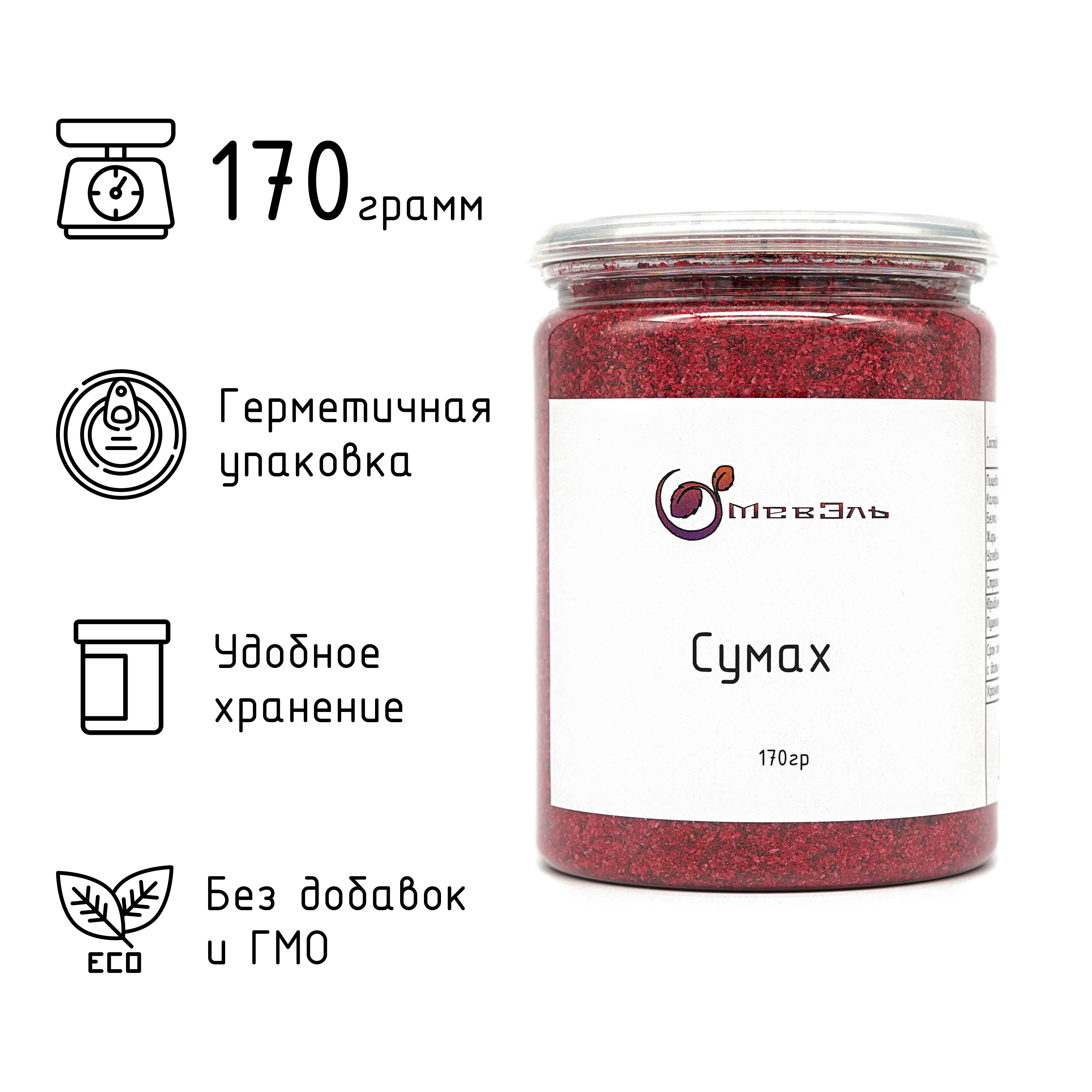
Complications and When to Seek Medical Attention
While most cases of sumac rash can be treated at home, certain situations warrant medical attention. Seek medical care if you experience:
- Fever over 100°F (37.8°C)
- Pus or soft yellow scabs on the rash (signs of infection)
- Severe itching that doesn’t respond to home treatments
- Rash spreading to eyes, mouth, or genitals
- Difficulty breathing or swallowing
- Swelling of the face or throat
Can sumac rash lead to serious complications if left untreated? In most cases, sumac rash will resolve on its own without serious complications. However, severe cases or those complicated by secondary bacterial infections can lead to more serious issues if not properly treated. It’s important to monitor your symptoms and seek medical attention if they worsen or fail to improve.
Long-Term Management and Skin Care After Sumac Rash
After the acute phase of sumac rash has resolved, proper skin care is essential to promote healing and prevent scarring. Consider the following tips:
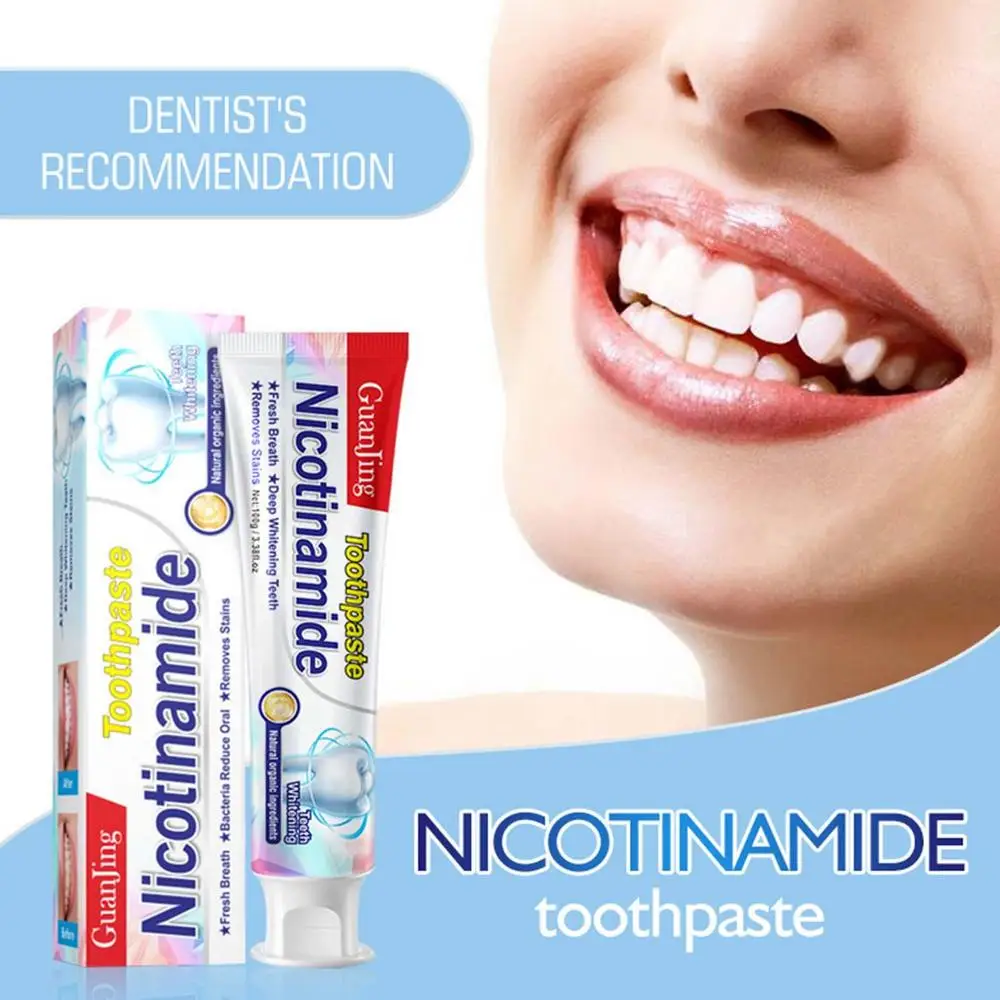
- Keep the affected area clean and dry.
- Avoid scratching or picking at the healing skin.
- Use gentle, fragrance-free moisturizers to keep the skin hydrated.
- Protect healing skin from sun exposure with clothing or sunscreen.
- Consider using products containing vitamin E or aloe vera to support skin healing.
How long does it typically take for skin to fully heal after sumac rash? While the acute symptoms of sumac rash usually resolve within 1-3 weeks, complete skin healing can take longer. The skin may remain sensitive or discolored for several weeks to months after the rash has cleared. Proper care during this time can help minimize long-term effects and promote faster healing.
Understanding sumac rash and its treatments is crucial for effective management of this common but uncomfortable condition. By recognizing the symptoms early, taking immediate action after exposure, and employing appropriate treatments, you can minimize discomfort and promote faster healing. Remember to consult a healthcare provider if your symptoms are severe or if you’re unsure about the best course of treatment for your specific case.
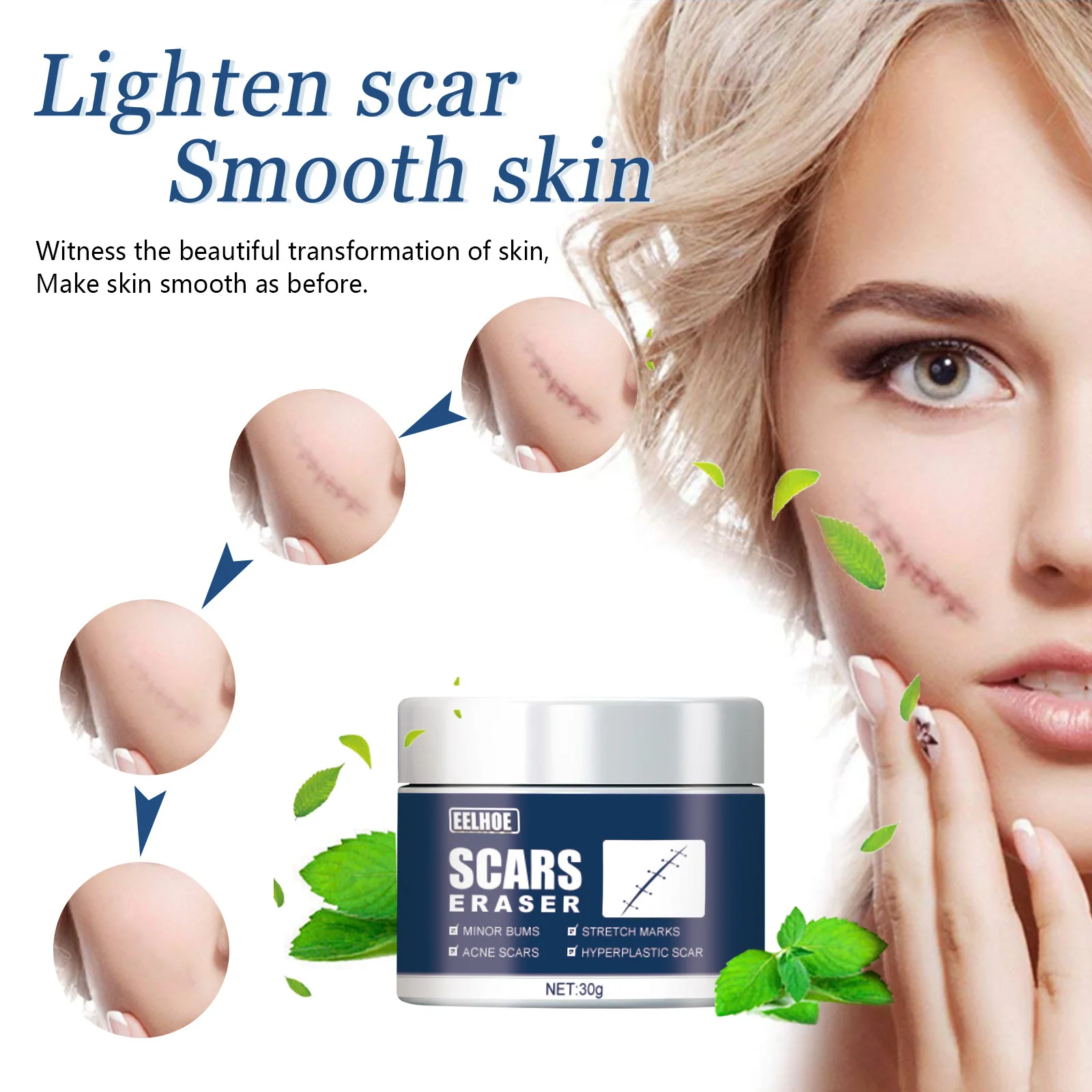
How To Treat the Rash & Relieve Itching
Written by Paige Fowler
- Home Remedies for Poison Ivy, Oak, or Sumac
- When to See Your Doctor
- When to Get Emergency Care
Whether your itchy rash is from poison ivy, oak, or sumac, you’ve got plenty of choices to get relief. For most folks, those annoying bumps and blisters will be nothing but a bad memory in a few weeks.
First, wash exposed skin with soap and warm water. Washing within 10 minutes can greatly reduce the chance of an allergic reaction. Take off any contaminated clothing to prevent more contact with plant oils, and wash it thoroughly.
Even though your rash can go away on its own in 1 to 3 weeks, your skin will feel better if you take some steps at home.
To help with oozing problems, try over-the-counter creams or lotions that you put on the rash, such as those that contain:
- Aluminum acetate (Burow’s solution)
- Aluminum sulfate
- Calcium acetate
For itchiness, apply calamine lotion, baking soda, or colloidal oatmeal to your skin.
You can also get relief from a steroid cream if you use it during the first few days after you get a rash. But experts say over-the-counter steroids, such as 1% hydrocortisone, may not be strong enough to do the job. Your doctor may need to prescribe a stronger version.
Some folks take antihistamines, but they won’t make your itchiness go away. Antihistamines that make you feel sleepy, though, such as diphenhydramine (Benadryl), can help you take your mind off the itchy feeling when you go to bed.
Your skin will feel better if you soak in a bathtub with cool water and an oatmeal-based bath product. Or place a cool, wet compress on the rash for 15 to 30 minutes at a time, a few times a day.
There are a few things to avoid. As tough as it is to resist, don’t scratch the blisters. Bacteria on your hands can get into the blisters and lead to an infection.
Also, some creams or ointments can make your rash worse. Don’t use any of these:
- Antihistamine creams or lotions
- Anesthetic creams with benzocaine
- Antibiotic creams with neomycin or bacitracin
Some people have a more serious reaction to poison ivy, oak, or sumac.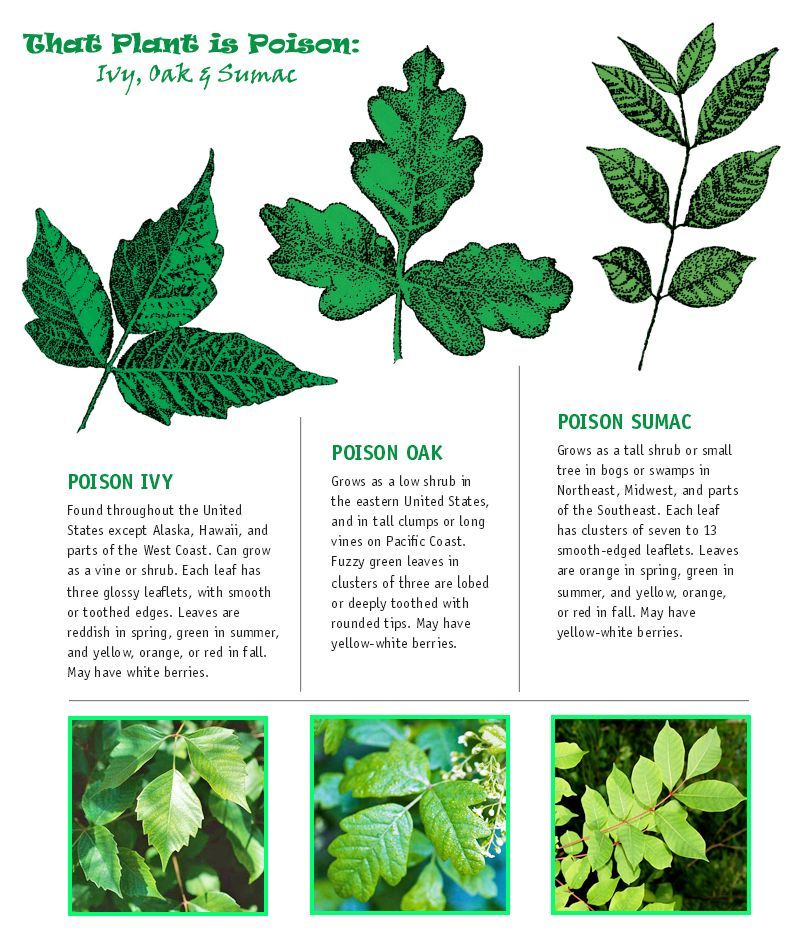 Make an appointment with your doctor if you notice any of these problems:
Make an appointment with your doctor if you notice any of these problems:
- Temperature over 100 F
- Pus on the rash
- Soft yellow scabs
- Itching that gets worse or keeps you up at night
- The rash spreads to your eyes, mouth, or genital area
- Your rash doesn’t get better within a few weeks
Your doctor may prescribe an oral corticosteroid, such as prednisone. They may also give you a steroid cream to apply to your skin. If the rash becomes infected, you may need to take an oral antibiotic.
If you have a severe reaction to poison ivy, oak, or sumac, you should go to the emergency room right away. Some signs that you need medical help quickly are:
- Trouble breathing
- Difficulty swallowing
- An eyelid swells shut
- Rash on your face or genitals
- Your skin itches everywhere, and nothing makes it feel better
Top Picks
How to treat the rash
Diseases & conditions
-
Coronavirus Resource Center
-
Acne
-
Eczema
-
Hair loss
-
Psoriasis
-
Rosacea
-
Skin cancer
-
A to Z diseases
-
A to Z videos
- DIY acne treatment
- How dermatologists treat
- Skin care: Acne-prone skin
- Causes
- Is it really acne?
- Types & treatments
- Childhood eczema
- Adult eczema
- Insider secrets
- Types of hair loss
- Treatment for hair loss
- Causes of hair loss
- Hair care matters
- Insider secrets
- What is psoriasis
- Diagnosis & treatment
- Skin, hair & nail care
- Triggers
- Insider secrets
- What is rosacea
- Treatment
- Skin care & triggers
- Insider secrets
- Types and treatment
- Find skin cancer
- Prevent skin cancer
- Raise awareness
- Español
Featured
How Natalie cleared her adult acne
Natalie tried many acne products without success.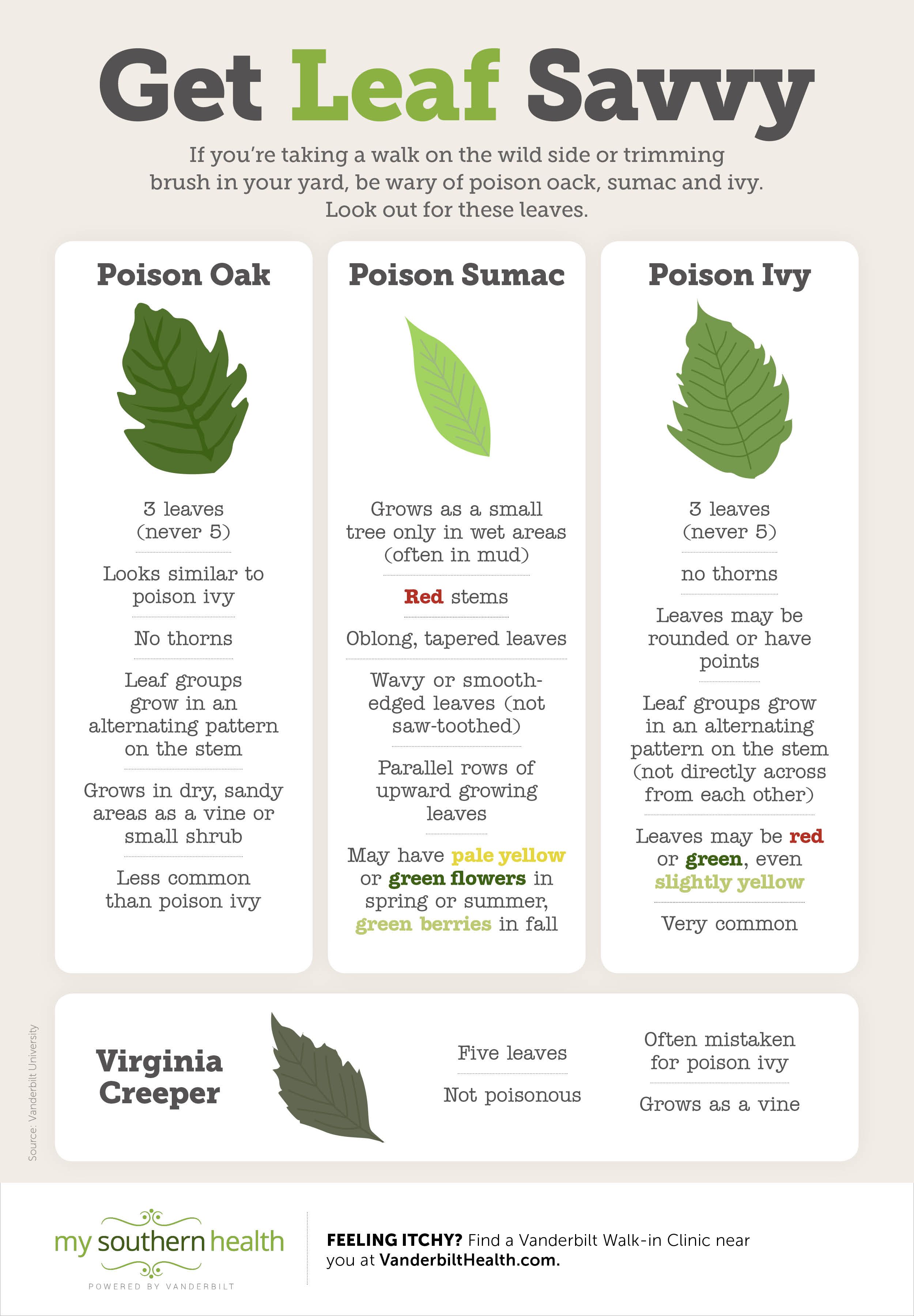 Find out how a board-certified dermatologist helped Natalie see clear skin before her wedding.
Find out how a board-certified dermatologist helped Natalie see clear skin before her wedding.
JAK inhibitors: A newer type of medication
JAK inhibitors are helping patients with alopecia areata, eczema/atopic dermatitis, psoriasis, and vitiligo. Here’s what you need to know.
Everyday care
-
Skin care basics
-
Skin care secrets
-
Injured skin
-
Itchy skin
-
Sun protection
-
Hair & scalp care
-
Nail care secrets
- Basic skin care
- Dry, oily skin
- Hair removal
- Tattoos and piercings
- Anti-aging skin care
- For your face
- For your skin routine
- Preventing skin problems
- Bites & stings
- Burns, cuts, & other wounds
- Itch relief
- Poison ivy, oak & sumac
- Rashes
- Shade, clothing, and sunscreen
- Sun damage and your skin
- Aprenda a proteger su piel del sol
- Your hair
- Your scalp
- Nail care basics
- Manicures & pedicures
Featured
Practice Safe Sun
Everyone’s at risk for skin cancer.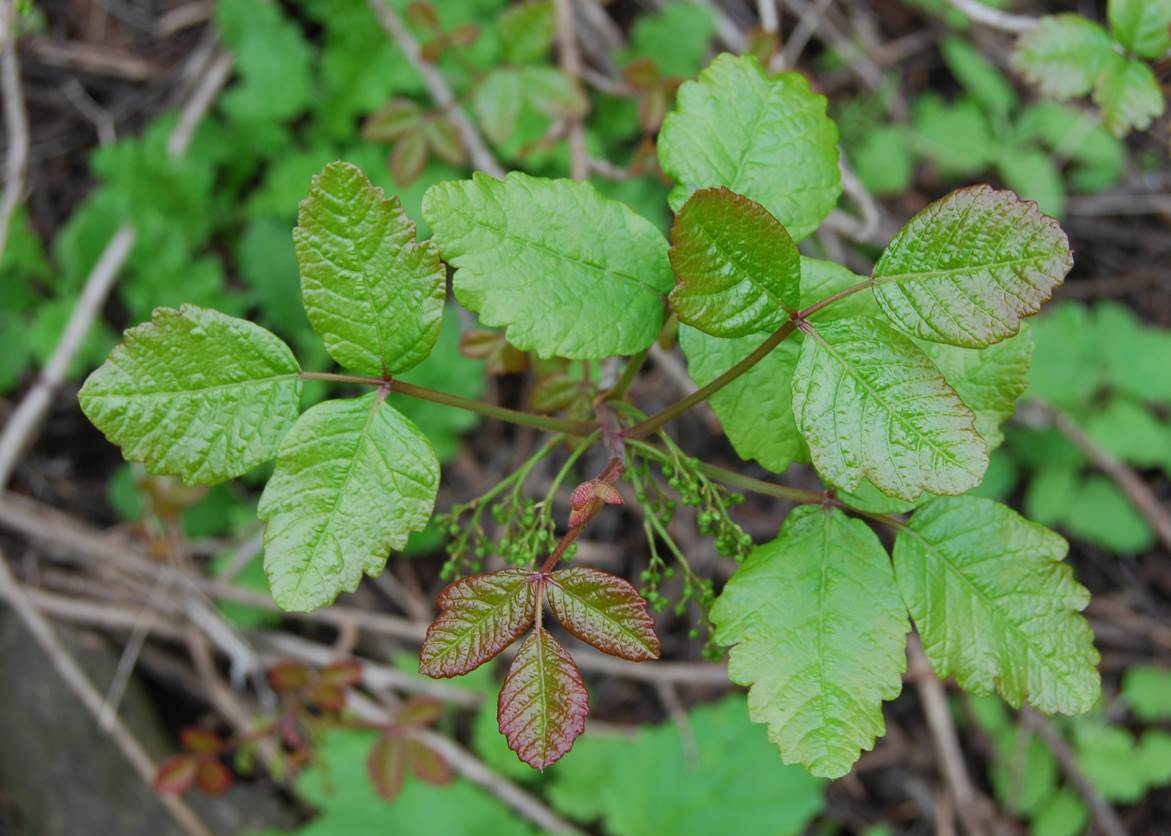 These dermatologists’ tips tell you how to protect your skin.
These dermatologists’ tips tell you how to protect your skin.
Relieve uncontrollably itchy skin
Find out what may be causing the itch and what can bring relief.
Darker Skin Tones
-
Skin care secrets
-
Hair care
-
Hair loss
-
Diseases & Conditions
- Acne
- Dark spots
- Dry skin
- Light spots
- Razor bumps
- Caring for Black hair
- Scalp psoriasis
- Weaves & extensions
- Central centrifugal cicatricial alopecia
- Frontal fibrosing alopecia
- Hairstyles that pull can cause hair loss
- Acanthosis nigricans
- Acne keloidalis nuchae
- Hidradenitis suppurativa
- Keloid scars
- Lupus and your skin
- Sarcoidosis and your skin
- Skin cancer
- Vitiligo
- More diseases & conditions
Featured
Fade dark spots
Find out why dark spots appear and what can fade them.:max_bytes(150000):strip_icc()/GettyImages-495627606-97c0d555d34e4717a0391258695f6ec0.jpg)
Untreatable razor bumps or acne?
If you have what feels like razor bumps or acne on the back of your neck or scalp, you may have acne keloidalis nuchae. Find out what can help.
Cosmetic treatments
-
Your safety
-
Age spots & dark marks
-
Cellulite & fat removal
-
Hair removal
-
Scars & stretch marks
-
Wrinkles
-
Younger-looking skin
Featured
Laser hair removal
You can expect permanent results in all but one area.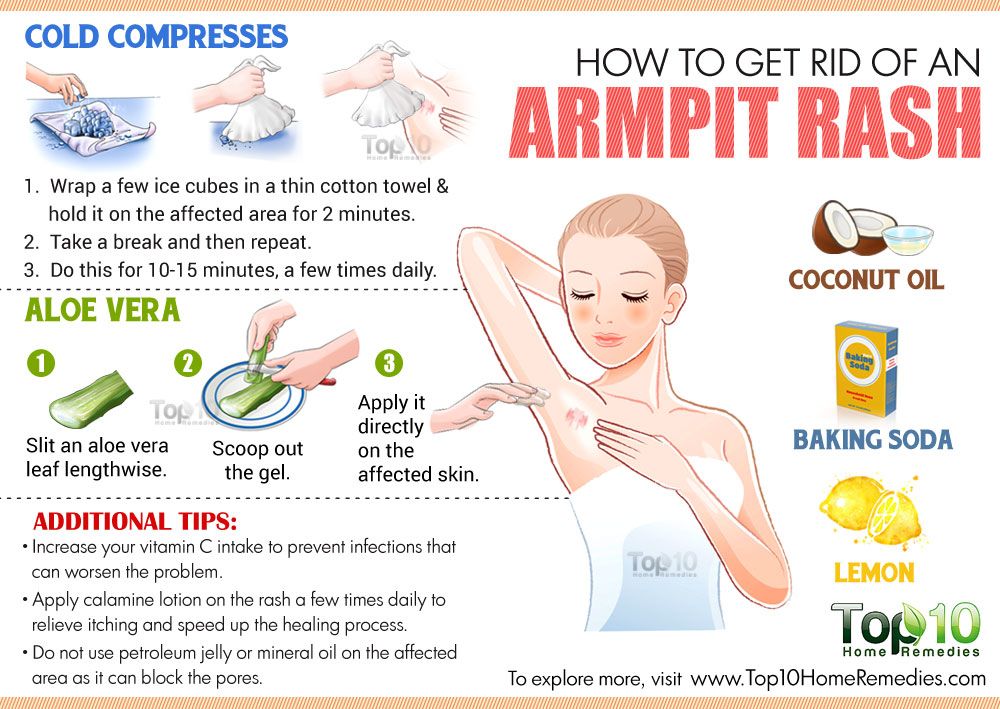 Do you know which one?
Do you know which one?
Scar treatment
If you want to diminish a noticeable scar, know these 10 things before having laser treatment.
Botox
It can smooth out deep wrinkles and lines, but the results aren’t permanent. Here’s how long botox tends to last.
Public health programs
-
Skin cancer awareness
-
Free skin cancer screenings
-
Kids’ camp
-
Good Skin Knowledge
-
Shade Structure grants
-
Skin Cancer, Take a Hike!™
-
Awareness campaigns
-
Flyers & posters
-
Get involved
- Lesson plans and activities
- Community grants
Featured
Free materials to help raise skin cancer awareness
Use these professionally produced online infographics, posters, and videos to help others find and prevent skin cancer.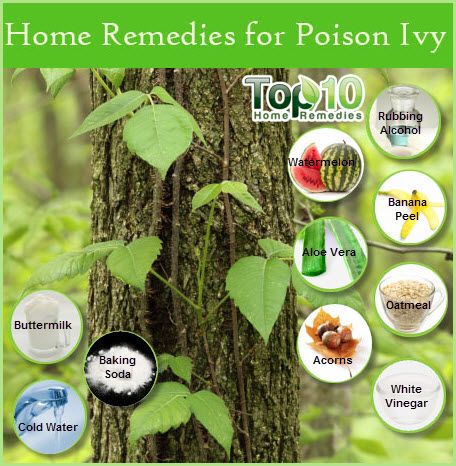
Dermatologist-approved lesson plans, activities you can use
Free to everyone, these materials teach young people about common skin conditions, which can prevent misunderstanding and bullying.
Find a dermatologist
-
Find a dermatologist
-
What is a dermatologist?
-
FAAD: What it means
-
How to select a dermatologist
-
Telemedicine appointments
-
Prior authorization
-
Dermatologists team up to improve patient care
Featured
Find a Dermatologist
You can search by location, condition, and procedure to find the dermatologist that’s right for you.
What is a dermatologist?
A dermatologist is a medical doctor who specializes in treating the skin, hair, and nails. Dermatologists care for people of all ages.
Poison Ivy (Poison Oak, Sumac): Causes, Symptoms, Signs, Treatment, Diagnosis, Prevention
Overview
Juice from poison ivy, poison oak, and poison sumac contains the toxin urushiol. This toxin results in an itchy allergic rash characterized by raised welts and blisters. While this rash causes considerable discomfort, it usually resolves on its own within one to three weeks. Treatment helps relieve symptoms. Any contact with oily sap, even if it comes into contact with clothes, shoes, garden tools, sports equipment or pets, causes a reaction. However, the rash itself is not contagious. It cannot pass to another person that has touched your skin.
What to expect
After tactile contact with poison ivy, oak, or sumac, the rash may not appear for 12-72 hours. The reaction of the body to oils does not occur immediately. If you’ve washed the juice off your skin, scratching won’t widen the rash, but it does increase your risk of infection. Therefore, efforts should be made to refrain from scratching. For the most part, the rash is most severe during the first two to seven days. It should be gone in three weeks. In rare cases, poison ivy, oak, or sumac can cause a dangerous allergic reaction. If you experience swelling or difficulty breathing, seek immediate medical attention.
The reaction of the body to oils does not occur immediately. If you’ve washed the juice off your skin, scratching won’t widen the rash, but it does increase your risk of infection. Therefore, efforts should be made to refrain from scratching. For the most part, the rash is most severe during the first two to seven days. It should be gone in three weeks. In rare cases, poison ivy, oak, or sumac can cause a dangerous allergic reaction. If you experience swelling or difficulty breathing, seek immediate medical attention.
May be worsened by
Scratching rash that increases the risk of infection.
Diagnosis
A doctor diagnoses a poison ivy, oak, or sumac rash by examining it. The doctor will need to know how you came into contact with poisonous oils, when and for how long.
Treatment
Treatments for poison ivy, poison ivy, or sumac rashes include:
cortisone creams or medications
– antihistamine creams or medications
– special soap to remove oils
Self-treatment
If you think you have come into contact with juice, immediately wash the contact area with soap and water.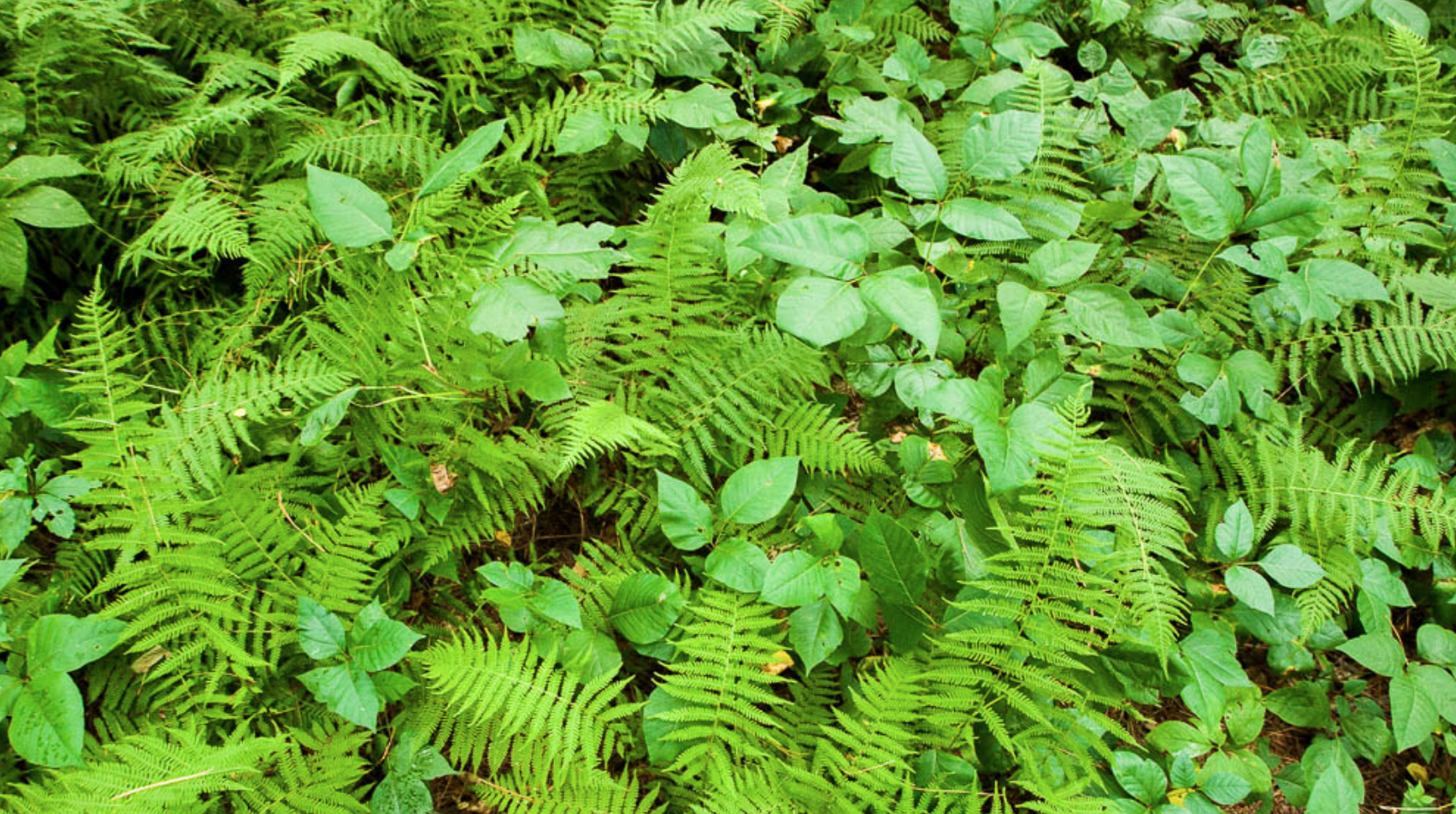 When to act quickly, then ideally within 30 min. rash can be prevented. Remember to wash your clothes in hot soapy water. Wipe garden tools or sports equipment with alcohol or water diluted with bleach.
When to act quickly, then ideally within 30 min. rash can be prevented. Remember to wash your clothes in hot soapy water. Wipe garden tools or sports equipment with alcohol or water diluted with bleach.
If a rash develops, the itching can be relieved with available remedies. These are oatmeal masks, cold compresses, calamine lotion, creams that contain cortisone and antihistamines, and oral antihistamines. To reduce the risk of infection, scratching should be avoided as much as possible.
When to see a doctor
Although rashes can mostly be treated at home if blisters appear on the face, genitals or large areas of the body, a doctor should be consulted. Medical treatment will help avoid scarring. In addition, you should check for any signs of infection, such as suppuration. If you experience swelling or difficulty breathing after exposure to poison ivy, oak, or sumac, seek immediate medical attention. Anyone who has inhaled the smoke of a burnt plant should also seek medical attention.
Allergic contact dermatitis: basic approaches to diagnosis, treatment and prevention | #10/09
Allergic contact dermatitis is a classic form of delayed-type hypersensitivity reaction mediated by sensitized lymphocytes. According to a number of authors, from 1% to 2% of the population of various regions suffer from this pathology. The prevalence of the disease is higher in industrialized countries. It increases as more and more new chemicals are introduced into use, which are part of medicines, cosmetic products, medical implants, household chemicals, and industrial reagents.
Unlike simple contact dermatitis, in which an irritant causes inflammation in all people when exposed to the skin, allergic dermatitis occurs only in sensitized individuals, that is, in people who have immune cells specific to this substance – T-lymphocytes. Often the cause of contact dermatitis is harmless chemicals that normally do not cause any clinical manifestations in healthy people. But allergic dermatitis is also known in contact with aggressive agents – components of hair dyes, hair growth products, dyes for fabrics, fur and skin, detergents, medicines, juice of poisonous plants.
But allergic dermatitis is also known in contact with aggressive agents – components of hair dyes, hair growth products, dyes for fabrics, fur and skin, detergents, medicines, juice of poisonous plants.
A classic example of allergic contact dermatitis is dermatitis caused by plants of the genus sumac (particularly poisonous sumac – Rhus toxicodendron), in which the rashes are often linear and located on open areas of the body.
The pathogenesis of allergic contact dermatitis is based on a tuberculin-like reaction of delayed (cellular) hypersensitivity, the inductive phase of which begins with local exposure of the skin to low-molecular chemicals of an organic or inorganic nature. Their sensitizing (allergizing) properties depend on the ability to penetrate the skin and form stable covalent bonds with host proteins. So, dinitrochlorobenzene forms complexes in the epidermis with proteins containing a lot of lysine and cysteine. Skin lipids can also act as an adjuvant.
In the formation of hypersensitivity, the leading role is played by professional macrophages of the epidermis – multi-pronged Langerhans cells. The resulting delayed hypersensitivity is directed not only to the chemical itself, but also to the carrier protein.
Usually, at least 10-14 days pass from the moment of skin contact with the allergen to the development of the first clinical manifestations. The duration of the sensitization period is usually shorter for aggressive chemicals. Thus, according to our observations, drug allergens, when applied to the skin, can cause manifestations of contact dermatitis as early as 7–8 days. The most common allergen medications are local forms of antibacterial drugs, contact allergic reactions to local anesthetics, antiseptics and latex are less common.
The location and configuration of the lesion is determined by the causative factor. The most common form of the disease is eczematous dermatitis. The disease is easily diagnosed and, as a rule, is characterized by a favorable course. Rashes disappear when the exposure to the pathogenic factor ceases. To accelerate the regression of clinical manifestations, local anti-inflammatory drugs, mainly topical glucocorticosteroids, can be used.
The disease is easily diagnosed and, as a rule, is characterized by a favorable course. Rashes disappear when the exposure to the pathogenic factor ceases. To accelerate the regression of clinical manifestations, local anti-inflammatory drugs, mainly topical glucocorticosteroids, can be used.
Etiology
According to our observations, the most common cause of allergic contact dermatitis is stainless metal alloys, from which household products are made – kitchen utensils, jewelry, watches, jeans rivets, zippers, keys, as well as medical supplies – dental crowns, braces , devices for focal and extrafocal osteosynthesis. So, after analyzing 208 cases of allergic contact dermatitis that we encountered in practice in the period from 1999 to 2009, we concluded that the metals nickel, cobalt and chromium, which are part of stainless alloys, were the cause of inflammation in 184 (88.5%) patients.
The list of the most common, according to our data, causes of allergic contact dermatitis is given in Table. 1.
1.
Pathogenesis
Allergic contact dermatitis is a delayed-type allergic reaction. The allergen that gets on the skin binds to tissue proteins, forming a compound that can cause an allergy – an antigen. Langerhans cells absorb the antigen in the composition of the membrane molecules of the major histocompatibility complex of the 2nd class by T-lymphocytes. Activated T-lymphocytes and Langerhans cells produce gamma-interferon, interleukins 1 and 2, which enhance the immune response and inflammatory response. Activated T-lymphocytes migrate through the lymphatic vessels to the paracortical zone of the regional lymph nodes. In the lymph nodes, they undergo antigen-dependent proliferation and differentiation. Part of the “specialized” T-lymphocytes takes part in the immune response, and the rest turn into memory cells. They cause the appearance of a rapid pronounced response after repeated contact with the allergen. After the first contact with the allergen, the accumulation of T-lymphocytes recognizing it occurs, which usually lasts 10–14 days. After that, T-lymphocytes leave the regional lymph nodes into the blood and populate all the peripheral organs of the immune system. Upon repeated contact with the allergen, the activation of memory cells and the rapid accumulation of effector cells of a delayed-type allergic reaction – macrophages and lymphocytes – occur.
After that, T-lymphocytes leave the regional lymph nodes into the blood and populate all the peripheral organs of the immune system. Upon repeated contact with the allergen, the activation of memory cells and the rapid accumulation of effector cells of a delayed-type allergic reaction – macrophages and lymphocytes – occur.
Histological picture
The histological picture of allergic contact dermatitis is characterized by infiltration of the dermis with mononuclear cells, primarily near blood vessels and sweat glands. The epidermis is hyperplastic and also infiltrated with mononuclear cells. Typically, the formation of vesicles in the epidermis, connecting with the formation of bullae. The serous fluid that fills them contains granulocytes and mononuclear cells.
Clinical manifestations
The disease, according to our data, is more common in young and middle-aged people. However, exceptions are possible. So, of the people we examined, the youngest was a one and a half year old girl with an allergy to cobalt, and the oldest patient was an eighty-year-old man sensitized to chromium and nickel.
However, exceptions are possible. So, of the people we examined, the youngest was a one and a half year old girl with an allergy to cobalt, and the oldest patient was an eighty-year-old man sensitized to chromium and nickel.
In the clinic of allergic contact dermatitis, acute, subacute and chronic forms are distinguished, as well as mild, moderate and severe.
The interval from the initial exposure to the allergen to the formation of skin hypersensitivity can vary from a relatively short (2-3 days when exposed to a strong sensitizer, for example, urushiol from the juice of plants of the sumac genus) to a very long one (several months or years in the case of a weak sensitizer, for example, salts of chromic acid or chloromethylisothiazolinone). As a rule, in an already sensitized organism, the disease develops acutely 12–72 hours after exposure to the allergen and is manifested by itching, bright hyperemia and swelling of the skin at the contact site, against which papules, small vesicles or blisters are visible, opening up and leaving weeping erosions (weeping) . Sometimes skin necrosis occurs.
Sometimes skin necrosis occurs.
Decaying inflammation leaves crusts and scales. In a chronic course, peeling and lichenification appear.
For acute allergic contact dermatitis, the following stages of development of rashes are characteristic: erythema => papules => vesicles => erosion => crusts => peeling. For a chronic course: papules => desquamation => lichenification => excoriation.
In severe allergic contact dermatitis (eg, caused by sumac poison), the patient may experience symptoms of intoxication, such as headache, chills, weakness, and fever.
Localization of dermatitis can be any and depends on the place of contact with the allergen. Thus, occupational allergens often form foci of inflammation on the palmar and lateral surfaces of the hands and fingers, forearms, and allergen metals sensitize the skin and mucous membranes at the points of contact with rings, bracelets, zippers, jeans rivets (“jeans rivet disease”) , metal dental crowns.
Different areas of the skin are characterized by unequal susceptibility to allergic dermatitis. Inflamed and infected tissues are more likely to be sensitized. Contribute to the formation of allergies friction, squeezing, maceration and increased sweating. In this regard, the skin of the eyelids, neck, perineum, anterior abdominal wall in the area of contact with fasteners and buckles is more often sensitized. Often patients do not realize that they suffer from allergies, believing that they simply “rubbed” the skin in the area of inflammation.
Allergic contact dermatitis always starts at the site of exposure to the allergen. Therefore, at the beginning of the disease, the lesion is clearly demarcated, although it often goes beyond the skin area in contact with the allergen. In sensitized patients, the lesion may spread to other areas of the body or become generalized.
With a single contact, the disease lasts for several days or weeks.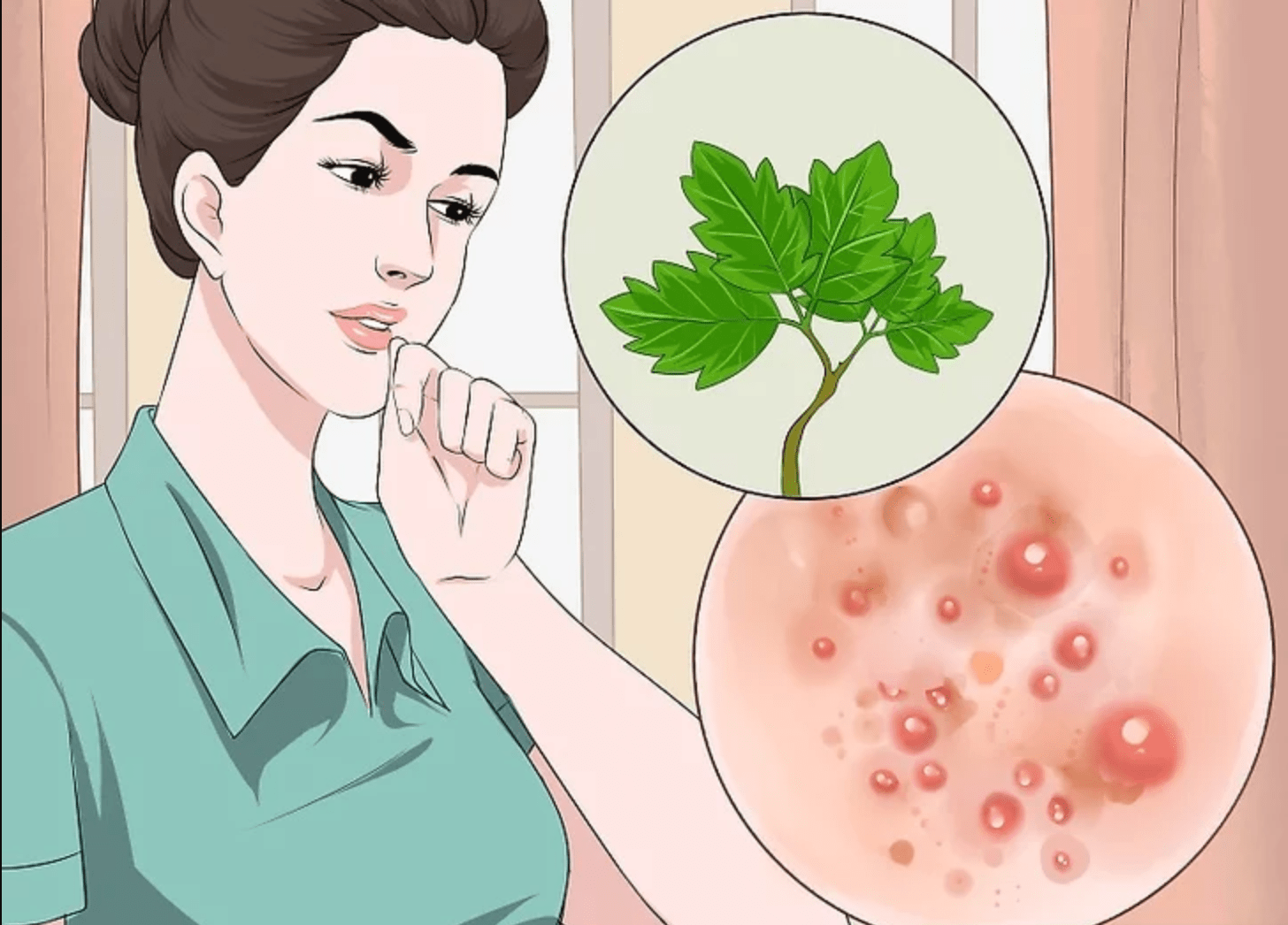 With frequent and regular contacts – months and years.
With frequent and regular contacts – months and years.
Diagnostics
The localization of skin lesions usually suggests possible causative allergens. In the future, their role in the pathological process is determined when setting up application skin tests. For the application test, the test material is applied to the skin for 48–72 hours, and then the size of the reaction caused by the allergen is assessed.
Since allergy is always a systemic process, the skin and mucous membranes of the whole body are sensitized. Therefore, inflammation develops when an allergen is applied to any area of the skin. Nevertheless, it is technically more convenient to carry out skin patch tests in the interscapular region, the outer surface of the shoulder and the inner surface of the forearm, when fixing the material on which the patient feels most comfortable throughout the study.
Test materials are applied to dry skin treated with alcohol, covering them with pieces of gauze and then attaching a band-aid tape (therefore, the test is called a “patch” test).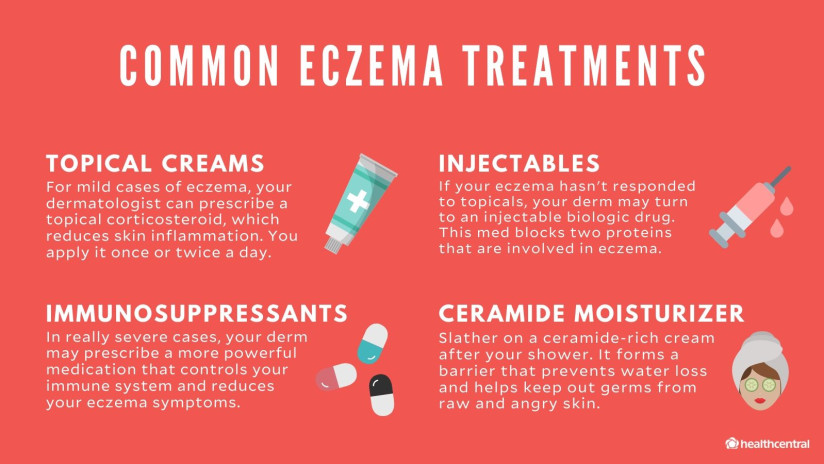 It is convenient to use a standard test system with standardized allergens already applied to the adhesive base. Thus, the Allertest system for diagnosing allergic contact dermatitis to 24 reagents is registered in Russia. It is sold in a pharmacy and allows you to diagnose contact allergies to nickel sulfate, lanolin, neomycin sulfate, potassium dichromate, a mixture of local anesthetics – caine derivatives, a mixture of flavoring substances, rosin, epoxy resin, a mixture of quinolines, Peruvian balsam, ethylenediamine dihydrochloride, cobalt chloride, p-tert-butylphenol to formaldehyde, parabens, a mixture of carbamates, a mixture of black rubbers, chloromethylisothiazolinone, quaternium 15, mercaptobenzothiazole, paraphenylenediamine, formaldehyde, a mixture of mercaptans, thiomersal and a mixture of thiuram derivatives. This is a simple and ready-to-use application skin examination system. Allergens are included in a hydrophilic gel, from which, when it is soaked, the allergen is then released.
It is convenient to use a standard test system with standardized allergens already applied to the adhesive base. Thus, the Allertest system for diagnosing allergic contact dermatitis to 24 reagents is registered in Russia. It is sold in a pharmacy and allows you to diagnose contact allergies to nickel sulfate, lanolin, neomycin sulfate, potassium dichromate, a mixture of local anesthetics – caine derivatives, a mixture of flavoring substances, rosin, epoxy resin, a mixture of quinolines, Peruvian balsam, ethylenediamine dihydrochloride, cobalt chloride, p-tert-butylphenol to formaldehyde, parabens, a mixture of carbamates, a mixture of black rubbers, chloromethylisothiazolinone, quaternium 15, mercaptobenzothiazole, paraphenylenediamine, formaldehyde, a mixture of mercaptans, thiomersal and a mixture of thiuram derivatives. This is a simple and ready-to-use application skin examination system. Allergens are included in a hydrophilic gel, from which, when it is soaked, the allergen is then released. “Allertest” contains two plates sticking to the skin, each of which is coated with 12 allergens. All 24 antigens can be tested simultaneously, or the desired allergen can be cut out of the plate with scissors and applied independently.
“Allertest” contains two plates sticking to the skin, each of which is coated with 12 allergens. All 24 antigens can be tested simultaneously, or the desired allergen can be cut out of the plate with scissors and applied independently.
After 48–72 hours from the beginning of the setting, the flaps are removed, wait 20–30 minutes for the subsidence of nonspecific mechanical irritation and take into account the severity of the reaction. Changes in the place of contact of the skin with the allergen are quantitatively taken into account. Gradation of a positive result is carried out as follows: (+) – erythema; (++) – erythema and papules; (+++) – erythema, papules, vesicles; (++++) – erythema, papules, vesicles and severe edema.
A true allergic reaction lasts 3-7 days, while a skin irritation reaction disappears within a few hours. Therefore, in doubtful cases, the severity of the reaction should be re-evaluated the next day.
H1 blockers do not affect the results of application tests. Topical application of corticosteroids to the skin area selected for the test should be discontinued at least one week before the study. Reception of systemic corticosteroids in a daily dose exceeding 15 mg of prednisolone can suppress even sharply positive reactions, therefore application skin tests are carried out no earlier than 7 days after the withdrawal of immunosuppressive therapy. In rare cases, in patients taking chronic corticosteroids, skin tests are performed if the dose of prednisolone does not exceed 15 mg / day. However, it should be borne in mind that in this case there is a risk of obtaining false negative test results.
Topical application of corticosteroids to the skin area selected for the test should be discontinued at least one week before the study. Reception of systemic corticosteroids in a daily dose exceeding 15 mg of prednisolone can suppress even sharply positive reactions, therefore application skin tests are carried out no earlier than 7 days after the withdrawal of immunosuppressive therapy. In rare cases, in patients taking chronic corticosteroids, skin tests are performed if the dose of prednisolone does not exceed 15 mg / day. However, it should be borne in mind that in this case there is a risk of obtaining false negative test results.
When conducting a patch test, it should be remembered that the procedure itself can cause sensitization in the patient. Among the substances that have the ability to cause sensitization already at the first contact, it is worth noting plant resins, paraphenylenediamine, methyl salicylate. Therefore, the application test should be justified.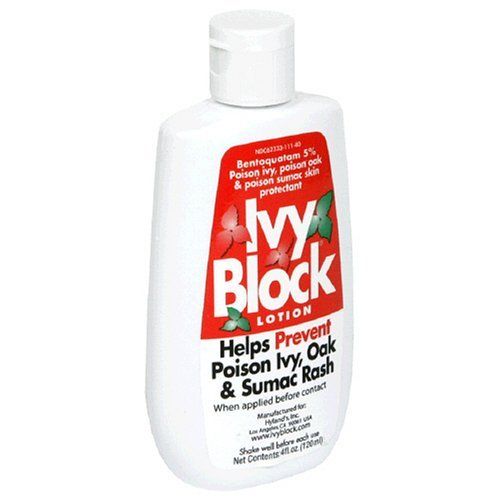 In addition, when conducting a test, it is necessary to exclude the possibility of non-specific inflammation – the primary skin irritation with the tested substances. To do this, the test materials, if they are not included in the standard test system, should be used at concentrations that do not cause irritation in most healthy people (in the control group). The test should not be performed in acute or extensive contact dermatitis, as increased skin reactivity may lead to a false positive result. In addition, testing with the causative allergen can cause a severe flare-up of the skin process. Therefore, before conducting a study, the patient must be instructed in detail, drawing his attention to the fact that if severe irritation occurs, he must remove the bandage with the allergen and contact the doctor.
In addition, when conducting a test, it is necessary to exclude the possibility of non-specific inflammation – the primary skin irritation with the tested substances. To do this, the test materials, if they are not included in the standard test system, should be used at concentrations that do not cause irritation in most healthy people (in the control group). The test should not be performed in acute or extensive contact dermatitis, as increased skin reactivity may lead to a false positive result. In addition, testing with the causative allergen can cause a severe flare-up of the skin process. Therefore, before conducting a study, the patient must be instructed in detail, drawing his attention to the fact that if severe irritation occurs, he must remove the bandage with the allergen and contact the doctor.
When a positive skin patch test result is obtained, it must be remembered that it only indicates sensitization to the test substance, but is not absolute evidence that this particular allergen caused dermatitis, because the possibility of long-term and polyvalent sensitization always remains. In other words, another unexplored antigen can also serve as the cause of the allergy. Therefore, when establishing a diagnosis, it is also necessary to take into account the data of the anamnesis and physical examination.
In other words, another unexplored antigen can also serve as the cause of the allergy. Therefore, when establishing a diagnosis, it is also necessary to take into account the data of the anamnesis and physical examination.
Differential diagnosis
Allergic contact dermatitis has to be differentiated from simple contact dermatitis, seborrheic and atopic dermatitis.
Simple contact dermatitis can develop as a result of damage to the epidermis by irritating chemicals (croton oil, kerosene, phenol, organic solvents, detergents, caustic soda, lime, acids, etc.) or physical effects (overheating, squeezing, compression). There is no primary sensitizing effect in this case. Inflammatory symptoms occur immediately after exposure to the irritant, rather than 12 to 48 hours later, as in allergic contact dermatitis. The presence of papules in acute contact dermatitis means its allergic nature. Occupational simple contact dermatitis is similar in appearance to allergic contact dermatitis. The patch test allows you to differentiate these conditions.
The patch test allows you to differentiate these conditions.
The distinguishing features of seborrheic dermatitis include oily skin, as well as other signs of seborrhea and typical localization – the scalp and nasolabial folds. The affected areas are covered with greasy crusts, flaky abundantly; itching is usually not characteristic.
Atopic dermatitis usually begins in early childhood. The skin is dry. Characterized by itching that appears before the rash, and not after them, as with allergic contact dermatitis. The flexion surfaces are most often symmetrically affected. The edges of the affected areas are indistinct; there is no consistent development of rash elements: erythema => papule => vesicle.
In our practice, there were combined skin lesions, when allergic contact dermatitis developed on ointments and other topical dosage forms for the treatment of dermatosis. So, in a 45-year-old woman suffering from microbial eczema, aggravated by the use of Zinerit (erythromycin, zinc acetate), we found sensitization to erythromycin, an antibiotic from the macrolide group. 3 days after the withdrawal of this medication, the symptoms of exacerbation disappeared.
3 days after the withdrawal of this medication, the symptoms of exacerbation disappeared.
Three of the patients examined by us, who received Celestoderm-B topically for a long time with garamycin, complained about the lack of a therapeutic effect from the use of this medication. That is, despite the use of an anti-inflammatory agent, the itching and intensity of the rashes not only did not decrease, but sometimes intensified some time after the application of the drug. During an allergological examination by the method of application testing, sensitization was established – a drug allergy to the antibiotic gentamicin (Garamycin), which is part of the drug. The replacement of the agent with the topical glucocorticosteroid Elokom after a few days led to a complete regression of the symptoms of dermatitis in all three patients.
Carrying out differential diagnosis, it is also necessary to remember about photocontact, phototoxic and true photoallergic dermatitis.
Photocontact dermatitis is caused by an interaction in the skin of a chemical and UV light. With it, rashes appear only on open, insolated areas of the body. The sensitizing agent is most often drugs (tetracyclines, sulfo compounds, griseofulfin, hormonal contraceptives) or topical resinous extracts. With phototoxic dermatitis, skin damage is caused by the action of substances (for example, hogweed juice) that acquire toxic local irritating properties under the influence of ultraviolet rays. In true photoallergic dermatitis, the sensitizing allergen undergoes chemical changes under the influence of ultraviolet rays. In the absence of insolation, it is harmless to the patient’s body.
One of the rare variants of contact allergies is contact urticaria. Depending on the pathogenesis, allergic, non-immune and combined forms of this disease are distinguished. The non-immune form develops as a result of direct exposure to the skin or mucous membranes of an agent, most often nettle, leading to the release of mediators from mast cells.:max_bytes(150000):strip_icc()/itchy-rash-plants-2132244_FINAL-5b8943cac9e77c007b53f425.png) Allergic contact urticaria is caused by the production of specific IgE antibodies and belongs to type 1 hypersensitivity according to the mechanism of development. Most often it is caused by food products (fish, milk, peanuts, etc.), pet allergens (saliva, wool, epithelium) and penicillin antibiotics. Little is known about the combined form of contact urticaria due to the influence of both immune and non-specific factors. Ammonium persulfate, an oxidizing agent found in hair bleach, is often thought to cause this type of reaction.
Allergic contact urticaria is caused by the production of specific IgE antibodies and belongs to type 1 hypersensitivity according to the mechanism of development. Most often it is caused by food products (fish, milk, peanuts, etc.), pet allergens (saliva, wool, epithelium) and penicillin antibiotics. Little is known about the combined form of contact urticaria due to the influence of both immune and non-specific factors. Ammonium persulfate, an oxidizing agent found in hair bleach, is often thought to cause this type of reaction.
Treatment
The basis of the treatment of allergic contact dermatitis is the exclusion of contact of the body with the allergen that caused the disease. In the acute stage, with swelling and weeping, wet-drying dressings are indicated, followed by local application of glucocorticoids. If the rash is represented by large bubbles, then they are pierced, allowing the liquid to drain; the bladder cover is not removed; every 2-3 hours, bandages moistened with Burov’s liquid are changed. In severe cases, systemic corticosteroids are prescribed.
In severe cases, systemic corticosteroids are prescribed.
An important role is played by the prevention and treatment of staphylococcal and streptococcal skin infections.
Allergic contact dermatitis usually has a favorable prognosis. With timely identification of the causative allergen and elimination of contact with it, the symptoms of the disease completely regress after 1-3 weeks, and sufficient patient awareness of the nature and causative factors of the disease significantly reduces the possibility of chronicity and recurrence of dermatitis.
Prophylaxis
To prevent the formation of allergic contact dermatitis, the topical use of drugs with a high sensitizing ability, primarily beta-lactam antibiotics, furacilin, antihistamines, sulfonamides and local anesthetics, should be avoided.
In case of frequent and professional contact with low molecular weight compounds, it is necessary to use personal protective equipment for the skin, mucous membranes and respiratory tract – special protective clothing, gloves, and protective creams.
After identifying the cause of allergic contact dermatitis, it is necessary to carefully instruct the patient and discuss with him all possible sources of the allergen, drawing his attention to the need to stop contact with this reagent and cross-reacting substances (the most common allergens, their sources and cross-reacting substances are given in Table 2) . For example, patients with nickel allergy are advised not to wear stainless steel jewelry and use nickel-plated utensils. Nickel-containing implants are contraindicated for such patients, including dental crowns and bracket systems made of white metal, steel structures for osteosynthesis. Steel rivets and fasteners on jeans or other underwear are also recommended to be sealed from the inside with adhesive tape or cloth to avoid contact with the skin.
If the dermatitis is caused by rubber gloves, they can be replaced with vinyl ones. It must also be remembered that rubber drains and other medical supplies should not be used in such patients.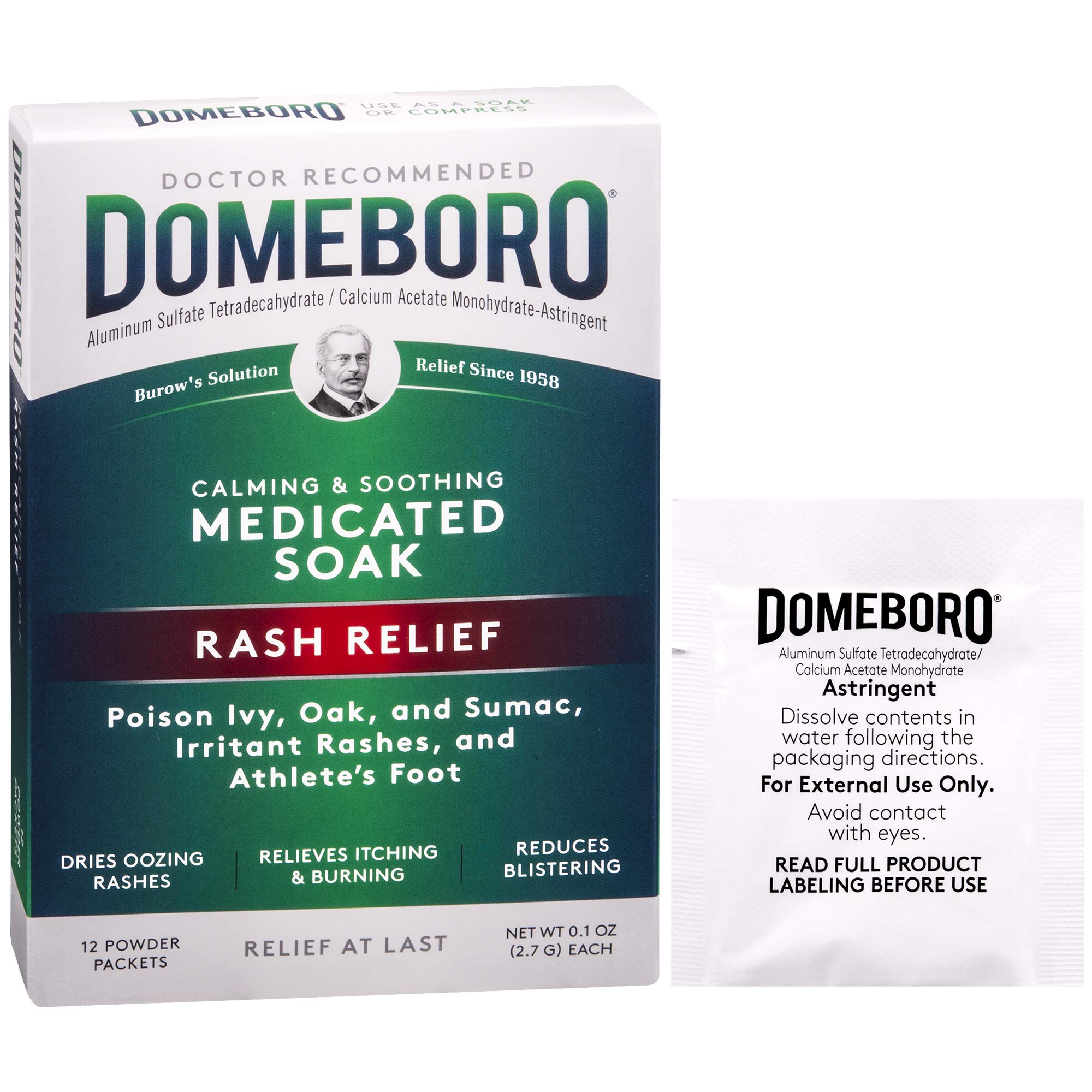 They are contraindicated in the use of latex condoms.
They are contraindicated in the use of latex condoms.
If you are allergic to formaldehyde, the patient should not use certain medicines and cosmetics containing this preservative. The patient should be explained that before using drugs and cosmetics, it is necessary to familiarize yourself with their composition indicated on the package.
In the case of occupational dermatitis, it is required to recommend to the person acceptable types of work.
Literature
Harrison T. R. Internal Medicine. Ed. E. Fauci, Yu. Brownvalda and others. In two volumes. Per. from English. M., Practice – McGraw-Hill (joint ed.), 2002.
Patterson R., Grammer L. K., Greenberger P. A. Allergic diseases: diagnosis and treatment. Per. from English. ed. A. G. Chuchalina. M., GEOTAR MEDICINE, 2000.
Popov N. N., Lavrov V. F., Soloshenko E. N. Clinical Immunology and Allergology.


